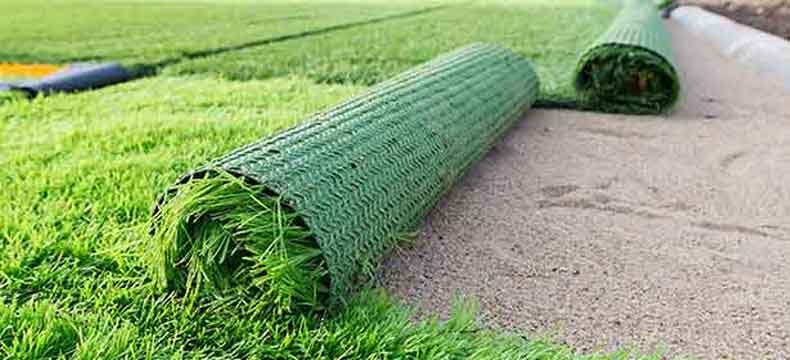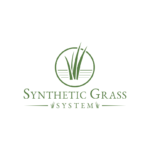What to Expect

Artificial grass has increased in popularity over the last couple of years and it’s being used for more than just the football field now. This turf can be used in many different ways for numerous projects and has many different options from the feeling, the length, the thickness, and more. You may be wondering, what goes into installing this beautiful turf? Here we will explore everything you need to know about the installation process so you know what to expect with your new artificial grass installation.
Installation Options
There are many options to choose from with your new artificial grass. You can do just one area of your home, garden, play area, or do the entire yard. There are many benefits to having artificial grass making it increase in popularity year after year and one of those benefits is the versatility and personalization. You can choose the length you want your grass and even the thickness to give it a natural look you love. Different materials can be used to create this natural grass look from nylon, polyethylene, and polypropylene. Each of these materials offers a different feel and style to your artificial grass.
Time to Install
Once you have decided on the design and material you want for you artificial grass it’s time to get it installed. Below you will find all the information step by step for your artificial grass installation.
Pre-installation
First and foremost you must complete pre installation steps which includes demolishing the current grass. A rough grading is done so that a base can be established free from top soil, grass, and weeds.
Base Preparations
The next step is the base preparation which includes bringing in a special mix of gravel and sand for the base. This base is installed at three inches deep and is then smoothed out for a solid, level base.
Compact the Base
Now is the simplest step of all! After the base has been laid it is time to compact the base so that it is sturdy and solid being fully prepared for the rest of installation. Compaction is done by a machine after wetting the base and driving over it pushing it into a solid base. If any additional grading or leveling is to be done, it is done during this part of the process.
Fitting The Turf
Next, the turf is fit to the area of your yard. Edges are cut and prepared to be put in place leaving extra material for the tucking process. Nails are then used to keep the turf in place so that it stays and they are nailed six inches apart, hidden by the blades of the artificial grass.
Tucking the Edges
Tucking the edges involves a tool called the wonder bar to tuck the edges of the turf under and hard substances such as sidewalks. Hiding the turf edges like this is a great way to give a plush and more natural look.
Applying Filler
In this phase a power brush is used to go against the grain to make the turf stand before applying the durafill sand. This filler helps the grass stand tall and be heavier so that it is more durable and natural looking. After filler is applied, the powerbrush is used once again to get rid of any debris and give a natural looking artificial grass yard.
Cost of Artificial Grass
The cost of artificial grass is dependent on a few different factors. Prices range from size to material and can vary also on any special requests. This turf is great for families, including small children and pets and the benefits are well worth the cost. On average an artificial grass yard will cost around $6000 for the turf and installation.



